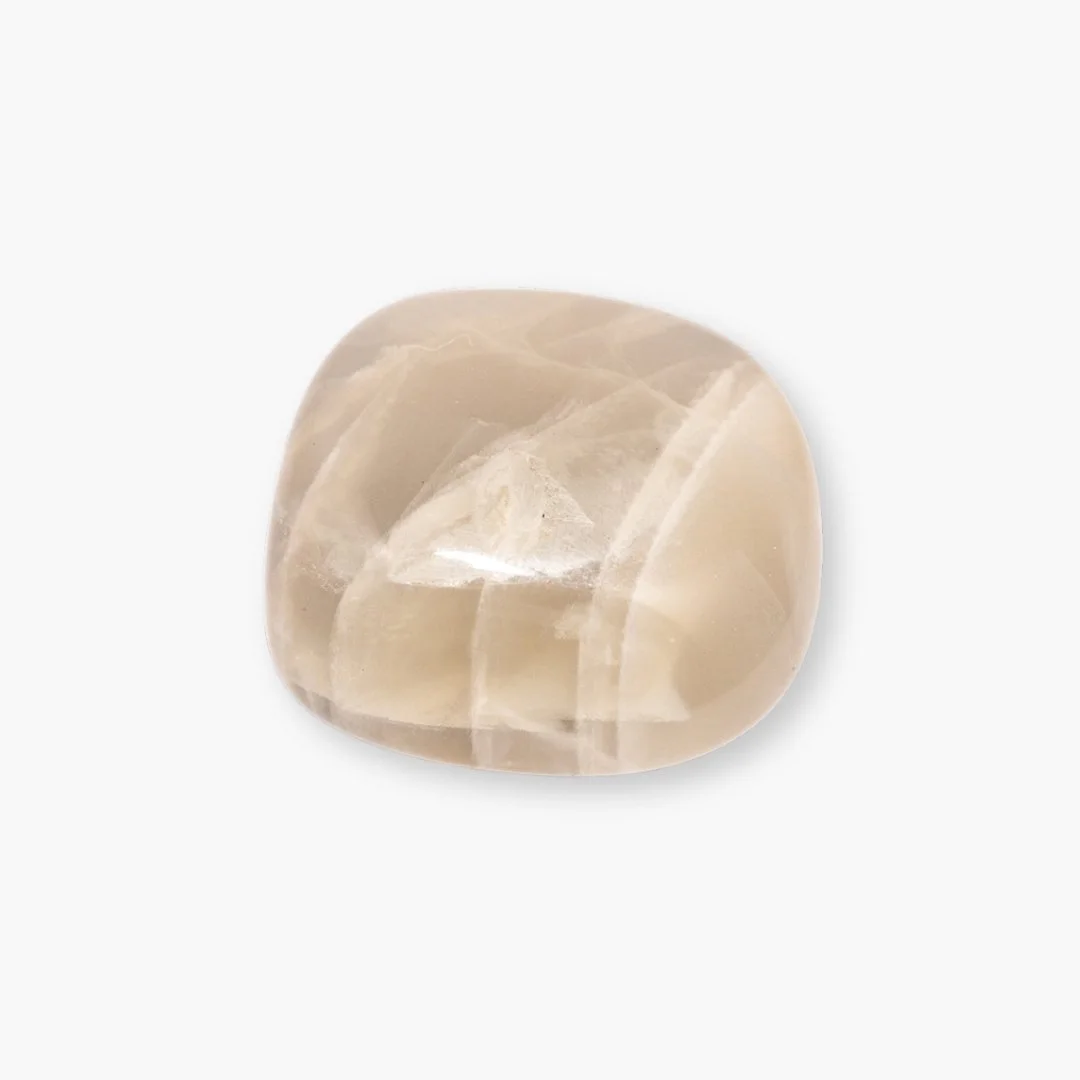Also called: Amazon StoneAmazonite
About
Amazonite is a green to blue-green variety of microcline feldspar, named after the Amazon River, though it is not found there. Its colour, ranging from pale green to deep turquoise, is due to trace amounts of lead and water within its crystal structure. It has been used in jewellery and carvings for thousands of years, with ancient civilisations, such as the Egyptians, cherishing it for both its beauty and supposed protective qualities.
Amazonite History and Folklore
Birthstones & Anniversaries
Amazonite is not a traditional birthstone, but it is often associated with the zodiac signs of Virgo and Aquarius due to its connection to communication, balance, and harmony.
Crystal Healing Energy
Amazonite’s all about balance and keeping it real in your communication. It’s like a best friend for those moments when you need calm, clear words and a little courage to share what’s on your mind. Tuning into both the heart and throat chakras, amazonite supports heartfelt, honest conversations that feel true to you—no filter needed! This soothing stone helps calm any mental clutter, bringing clarity and confidence, so you can connect with others from a place of truth and peace. Perfect for anyone looking to speak their heart and find harmony in their relationships.
Facts
Ancient uses: Amazonite was used by the Egyptians, with beads and amulets found in King Tutankhamun’s tomb.
Mythical origins: Although named after the Amazon River, there are no known deposits of amazonite in the region.
Microcline variety: Amazonite is a member of the feldspar group, specifically a type of potassium feldspar.
Colour variation: Its green-blue colour can vary depending on the amount of lead present in the stone.
Science
Mineral: Microcline Feldspar
Crystal System: Triclinic
Chemistry: KAlSi₃O₈
Colour: Green to blue-green
Refractive Index: 1.522 to 1.530
Birefringence: 0.008
Specific Gravity: 2.56 to 2.58
Mohs Hardness: 6 to 6.5
TreatmentsAmazonite is typically untreated, with its beautiful green-blue hues occurring naturally. However, some lower-quality stones may be resin impregnated to improve their colour.
SyntheticsThere are no widely produced synthetic versions of amazonite.
ImitationsAmazonite isn't typically imitated but sometimes glass and plastic materials are commonly used.
similar materialsTurquoise: While turquoise has a similar blue-green hue, it is chemically distinct and usually displays a more opaque and porous appearance.
Chrysocolla: Often confused with amazonite due to its blue-green colour, but chrysocolla is a copper-based mineral and tends to be softer.
Amazonite Gallery
Why We love amazonite
ColourIts soothing green-blue hues make amazonite visually appealing and calming.
VersatileFrom beads to cabochons, amazonite is widely used in a variety of jewellery styles and ornamental pieces.
DurableWith a hardness of 6 to 6.5, amazonite is suitable for jewellery and decorative use.
Shop amazonite
Looking for a touch of calm and clarity?
Our Amazonite Collection on Self & Others has you covered. From soothing energy to flowing communication, these pieces are perfect for bringing a little peace into your space.
Other Varieties of Feldspar
further Reading & References
Papers & Journal Article












